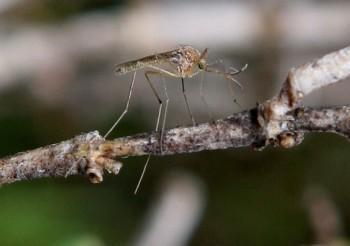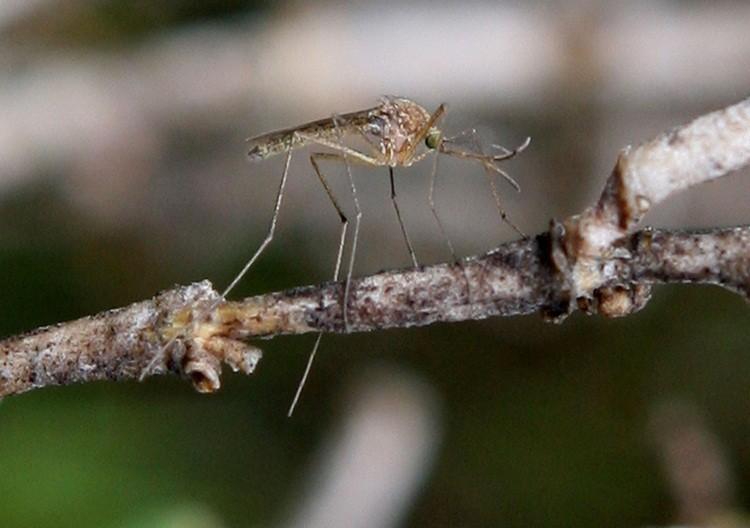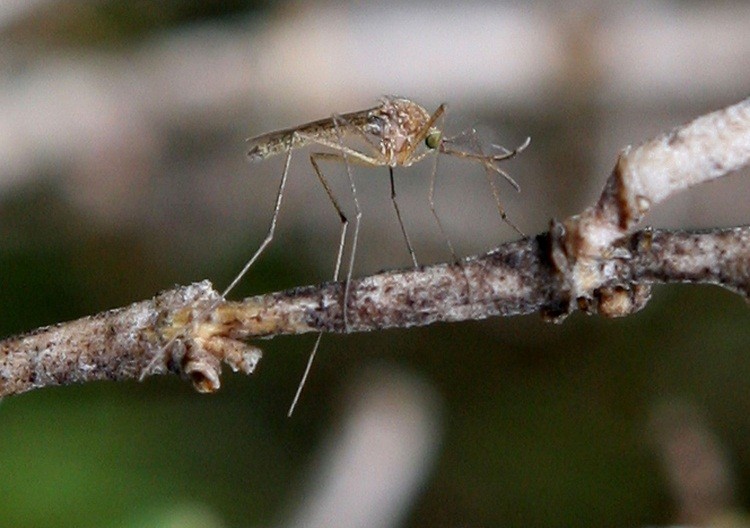West Nile virus was detected in Toronto mosquitoes on July 15 for the first time this year, according to a Toronto Public Health lab report.
Mosquitoes are at their peak around July and August, although they appear as early as mid-April and remain as late as October.
“The best way to reduce your risk of exposure to West Nile virus is to avoid being bitten by mosquitoes,” the Public Health Agency of Canada (PHAC) advises on its website.
Virus symptoms vary depending on the individual. Mild symptoms include fever, headache, body aches, and rash. It’s also common to have no symptoms.
In extreme cases, in two to 15 days symptoms such as meningitis, encephalitis, and acute flaccid paralysis can occur, according to PHAC.
In 2010, the West Nile Virus Monitor, a cross-departmental report on West Nile virus activity in Canada, found Ontario, Saskatchewan, and British Columbia had the virus. The cumulative data from 2010 totalled four human cases, two of which from Saskatchewan.
The monitor, which collects weekly maps and virus activity across the country, consists of a collaboration between PHAC, provincial/territorial ministries of health, the Canadian Cooperative Wildlife Health Centre, Health Canada’s First Nations and Inuit Health Branch, Canadian Blood Services, and Héma-Québec.
Mosquitoes are at their peak around July and August, although they appear as early as mid-April and remain as late as October.
“The best way to reduce your risk of exposure to West Nile virus is to avoid being bitten by mosquitoes,” the Public Health Agency of Canada (PHAC) advises on its website.
Virus symptoms vary depending on the individual. Mild symptoms include fever, headache, body aches, and rash. It’s also common to have no symptoms.
In extreme cases, in two to 15 days symptoms such as meningitis, encephalitis, and acute flaccid paralysis can occur, according to PHAC.
In 2010, the West Nile Virus Monitor, a cross-departmental report on West Nile virus activity in Canada, found Ontario, Saskatchewan, and British Columbia had the virus. The cumulative data from 2010 totalled four human cases, two of which from Saskatchewan.
The monitor, which collects weekly maps and virus activity across the country, consists of a collaboration between PHAC, provincial/territorial ministries of health, the Canadian Cooperative Wildlife Health Centre, Health Canada’s First Nations and Inuit Health Branch, Canadian Blood Services, and Héma-Québec.







Friends Read Free